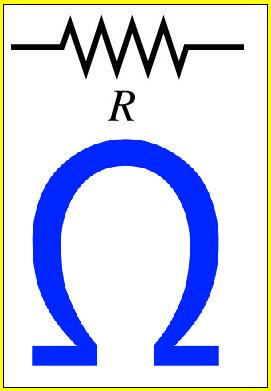Resistance and stuffiness on soprano sax is an important topic because so many players encounter it, using almost every mouthpiece and almost every horn. Almost always, too, they conclude that the tip opening is too small. So they get what they think is a larger tip opening (maybe it is a larger tip, maybe it isn’t) and sometimes the resistance is gone or diminished, but many times, the problem persists to one degree or another. It is a big part of creating the “soprano is a beast” myth.
So, what is actually happening when a soprano player experiences serious, uncomfortable resistance or “stuffiness”?
Leaving out any issues with the horn itself, there are two sources of resistance possible in a soprano mouthpiece: the chamber and the facing. Let’s look at the simplest one which is easy to understand, the facing.
I call the resistance caused by a facing issue “reed resistance” and a simple way to understand it is this: the more of the reed length that must vibrate to produce a sound, the more resistance that reed will exert before vibrating. Considering that reeds get thicker and denser as they extend away from the tip, it is easy to see that it takes more effort to vibrate that thicker “vamp” part. When a facing is poor, too much or too little of the reed is involved. It is possible that the reed is not able to vibrate with integrity, a term I use to mean a reed that can vibrate fully and equally from tip to table and from rail to rail.
There is good reed resistance and bad reed resistance. The difference? If you like it and are comfortable with it, it’s good. If not, it is bad. Pure and simple. Different strokes for different folks, after all.
Then, there is the other, more complex source of resistance, and that comes from the chamber of the mouthpiece. But it has component parts, too. Those parts are : you, and the horn that you play. And that is why this is a complex subject and a complex issue. But it is known and its remedies are known as well.
Here is a very short description of what happens to cause this resistance, which is completely different than reed resistance. Reed resistance is a “physical” resistance, caused by the physical properties of the reed. This “other” resistance is an ‘acoustical” issue that manifests as “resistance”. Change the conditions in which the sound wave propagates and we change the ‘resistance”. Change the horn, the player or the mouthpiece.
Sound waves are referred to as “longitudinal”, meaning they move through a “medium” (air) in a certain direction. In a saxophone, they move through the air inside the mouthpiece and into the saxophone. If that environment is a “resonant” one in the mouthpiece and into the horn, there is no uncomfortable resistance because the wave is allowed to move without interference. But when there is a condition that compromises or prevents the wave’s ability to travel, the result is a sound wave that does not move efficiently. That is most often the source of that notorious resistance that drives soprano players mad.
When it is a modest impediment, players often are able to “work around” it by manipulating their oral cavity to create the necessary resonance that allows the wave to continue with little or no interference. We call it “voicing” the note, and there will be subtle and sometimes not-so-subtle differences from note to note or from range to range. In other words, it can be a lot of work. In performance, it can also be terrifying.
When it is a gross impediment, there is no work-around. And for an amateur or beginning player, such a condition can mean frustration, failure or learning to hate the soprano. There is no need for any of it, not for work-arounds or frustration.
The fact that we can’t “see” the source of the problem makes it seem mysterious, but it isn’t. It is known and it is correctable. Each case is different but virtually all are similar.
Determining exactly “where” the issue is happening isn’t difficult when you’ve identified and fixed hundreds of such mouthpieces. Sometimes, the problem can actually be seen but not all that often. However, play-testing reveals the source of the problems and tells us how to correct them.
And, you should know that this same “resistance” or “stuffiness” can and does have an impact on intonation. Sometimes it is slight but sometimes it is quite stark. In fact, it can manifest as playing “flat” one second and “sharp” the next, for no apparent reason. If you’re seeing such a condition when you test yourself against a tuner, it’s 95%+ your mouthpiece, not you.
Getting the resonant resistance of your mouthpiece correct is something like dealing with high blood pressure. You’ll feel better and live longer if you do.










